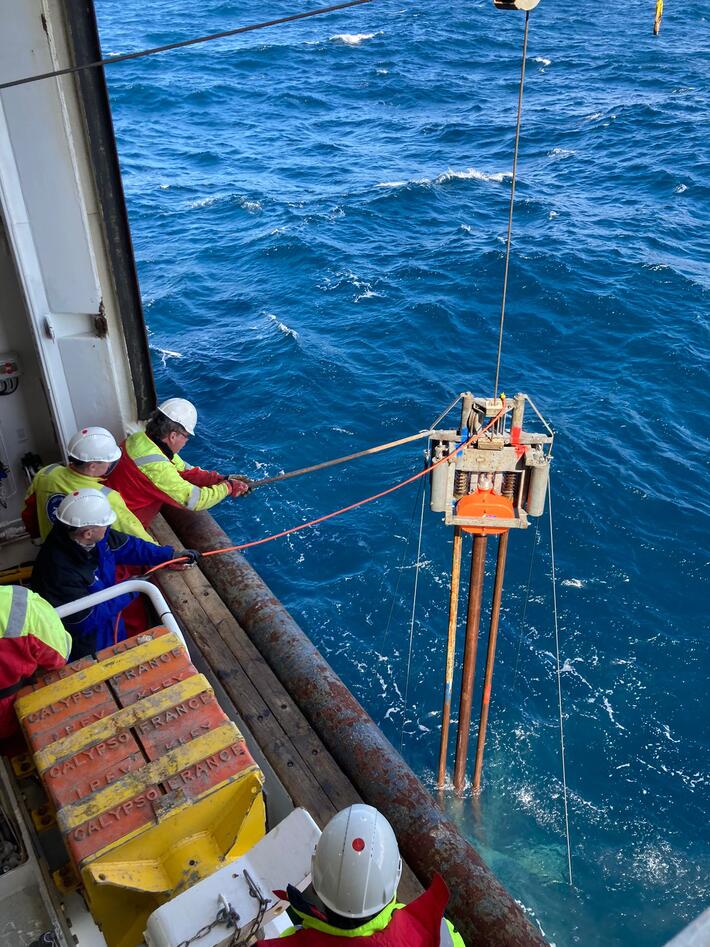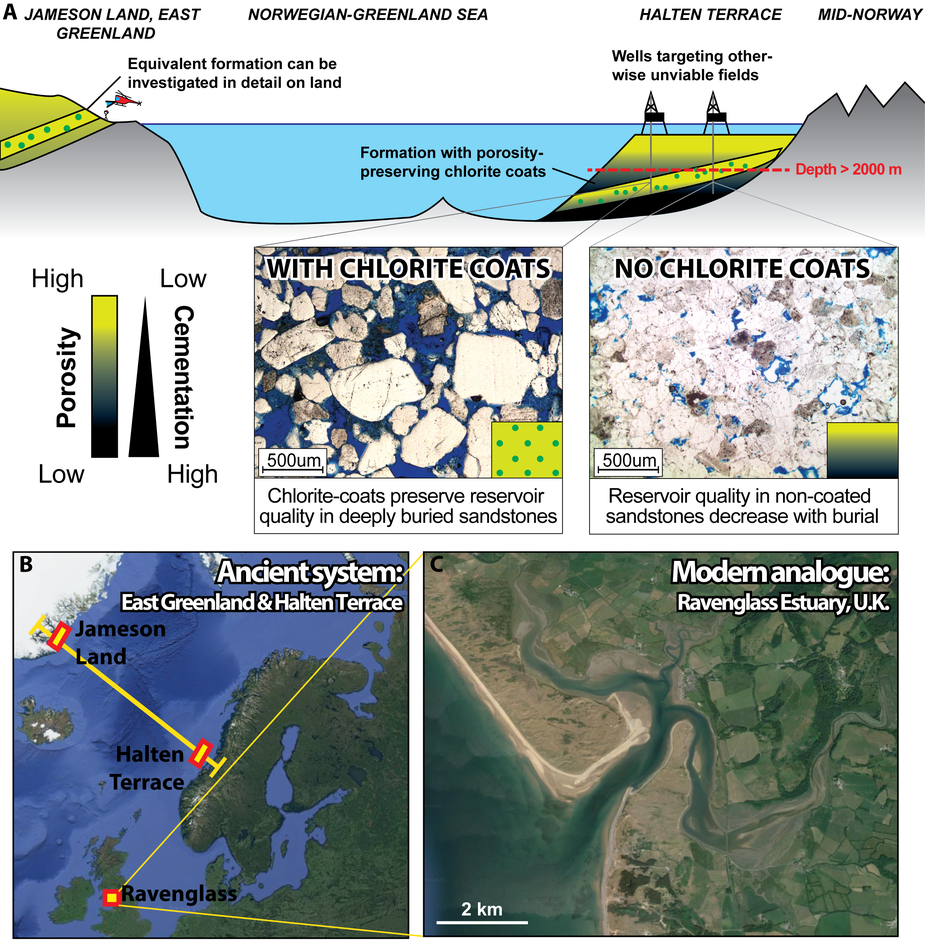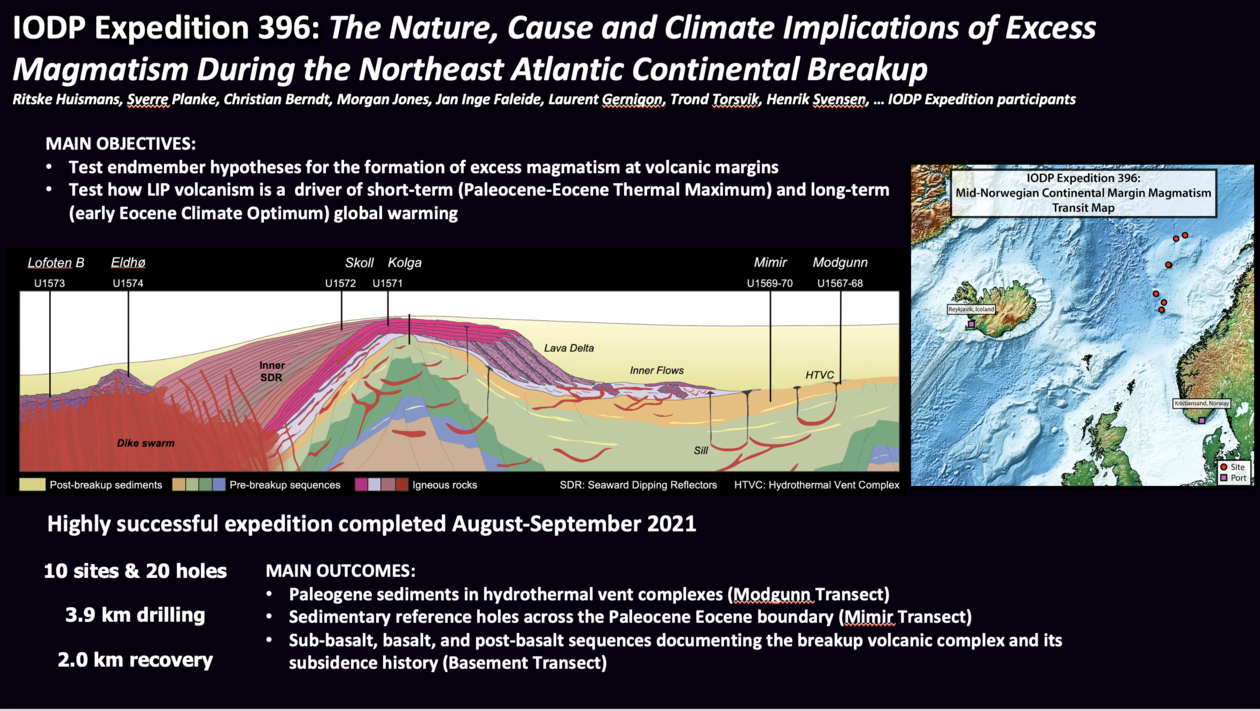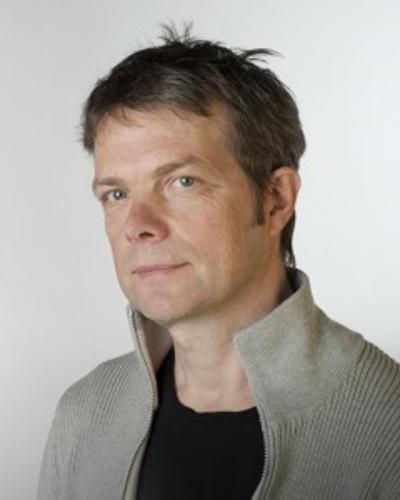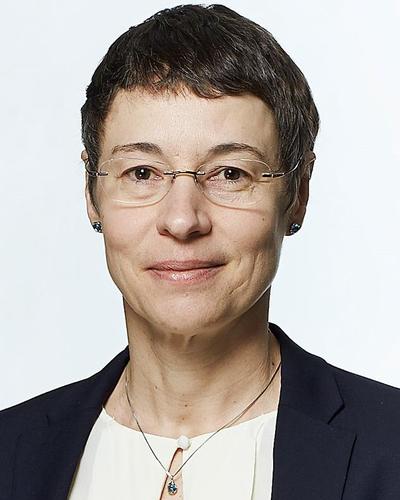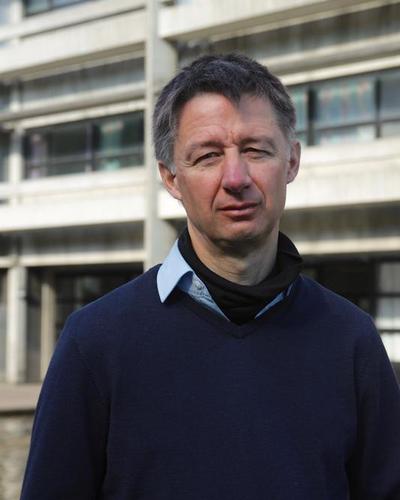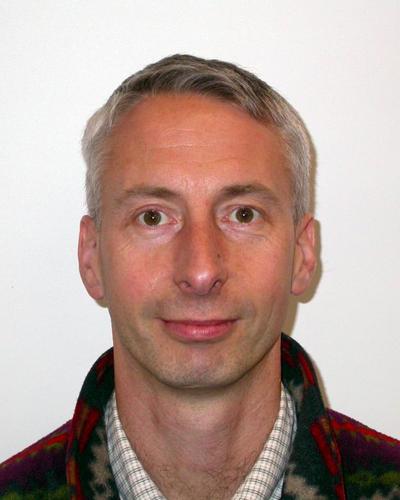Three new project awards to GEO
Last week we received the good news of the award of 3 new projects. A 4SWIND project with Haflidi Haflidason as project manager and two projects funded by - The DeepReservoir project where Christian Eide is project manager. This concerns chlorite deposits in sandstone reservoirs, and the PALMAR project where Ritske Huismans is involved from GEO, and UiO is the coordinator. Where they will undertake research on the IODP leg with 396 cores from Mid-Norwegian Margin with heavy GEO involvement in 2021. This means that 3 of 4 projects that were submitted from GEO to the KNP project announcements in February were funded - 2 as coordinator and 1 as partner.
Main content
4SWIND: Advancing seismic seabed survey techniques and optimizing site-selection for offshore wind farms
The seabed on the Norwegian Continental Shelf has been covered by glaciers many times over the last few millions of years. Glacial erosion, deposition and overconsolidation has resulted in a complex geology and complicated conditions for anchors and foundations for offshore wind turbines. In the 4SWIND project we will investigate the two areas that are opened for offshore wind in Norway, Utsira Nord and Sørlige Nordsjø II, using integrated geological, geotechnical and geophysical datasets. This project will lead to improved conceptual understanding of anchoring and foundations for offshore wind on formerly glaciated shelves, a map showing expected anchoring and foundation conditions on the NCS south of 67°N, at least 15 MSc students trained in seabed surveys for offshore wind, and improved flow of competence between institutions dealing with marine geology and offshore wind in Norway. This will lead to better planning and lower costs of future wind farms.
Involved in project from UiB: Haflidi Haflidason (PI), Jo Brendryen, Tor Arne Johansen, Christian Haug Eide (Co-PI), Isabelle Lecomte, Benjamin Robson, Hannah Petrie
DeepReservoir: Predicting reservoir properties in deep structures on the Norwegian Continental Shelf: The critical role of chlorite-coats
Sandstone reservoirs show a rapid decrease in reservoir properties as they are buried to depths deeper than 2.5 km. However, in some sandstone deposits the sand grains are covered by thin coats of the mineral chlorite. These chlorite coats inhibit quartz cementation and makes deep (up to 6 km) reservoirs possible. Such deep reservoirs can be important targets for infrastructure-led exploration, which is now the norm on the Norwegian Continental Shelf. Chlorite also rapidly mineralize CO2, and it is therefore important to know whether subsurface sandstones are chlorite-bearing or not as this can be used to plan future targets for CO2 storage. However, it is currently not known to science why some deposits have chlorite coats or not, and what dimensions and geometries chlorite coated zones have. This is a major problem for exploration and modelling of deep reservoirs. In this project we will investigate three well-understood and data-rich areas with chlorite coats: the subsurface Tilje Formation offshore mid-Norway, the excellent outcrops of the time-equivalent Astartekløft Formation in East Greenland where chlorite coated zones can be mapped, and in the modern Ravenglass estuary in the UK where the sedimentary processes which lead to deposition of chlorite-coat precursor can be investigated. The main goals of DeepReservoir are 1) to create a step-change in the understanding, prediction and modelling of chlorite coats in subsurface reservoirs, and 2) to map all the occurrences of chlorite coats on the Norwegian Continental Shelf which will be important for exploration and large-scale CO2 storage.
Involved in project from UiB: Christian Haug Eide (PI), Agustin Argüello Scotti.
Paleogene Basin Development on the Vøring and Møre Margins | PALMAR
A collaborative and knowledge building project between the universities of Oslo, Bergen, and Tromsø together with leading Norwegian energy companies, Equinor and Wintershall, and international and national research partners funded by RCN Petromaks 2.
The International Ocean Discovery Program (IODP) drilled 21 boreholes on the Møre and Vøring margins in August and September 2021 to study Paleogene magmatism and paleoclimate with a budget of c. 15 MUSD. The expedition sampled the first sub-basalt sequences in the Møre and Vøring basins, documenting the presence of granites and associated eroded sandstone interbedded with lava flows on the Kolga High. One kilometer of sediment cores of Paleocene and early mid-Eocene age were recovered at 15 holes, providing unique records of the basin stratigraphy. Additionally, 400 m of lava flows were recovered providing important constraints on the basin environment during the initial opening of the NE Atlantic Ocean. The PALMAR project will provide funding for post-cruise analyses, research, and integrated subsurface interpretation, including 3 PhD/PostDoc researchers. The detailed borehole studies will be used as calibration for regional interpretation of the Paleogene basin stratigraphy and depositional processes, providing a framework for geodynamic modelling of basin development, paleoenviroment, and temperature history.
Palmar is led by Sverre Planke and Jan Inge Faleide both at UiO.
Involved in project from UiB: Ritske Huismans (PI), Robert Gawthorpe, Christian Haug Eide
